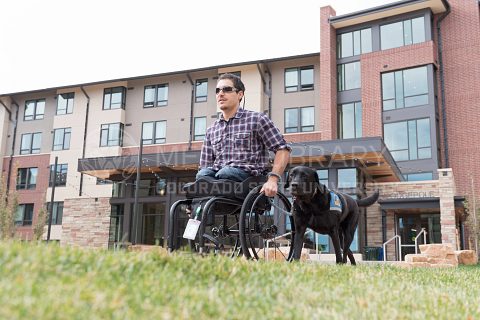To start, most of us tend to over focus on the problems in life. According to research, the negativity bias is when there are equal parts of “good” and “bad” things, and the “bad” things have a greater psychological impact (Baumeister, Bratslavsky, Finkenauer, & Vohs, 2001). Noticing “good” things can outweigh the negative effects of our minds tendency to over focus on “bad” things (Baumeister, Bratslavsky, Finkenauer, & Vohs, 2001).
Gratitude is one way we can help to balance the negativity bias. In simple terms, researchers define gratitude as “a felt sense of wonder, thankfulness, and appreciation for life” (Emmons & McCullough, 2003; Lyubomirsky, 2007). Emmons, McCullough, and their peers have demonstrated the beneficial impacts of expressing gratitude on physical and mental health (Bartlett & DeSteno, 2006; Emmons & McCullough, 2003; Neff, 2011). This research also shows that through consistent practice, gratitude can be developed over time, leading to higher levels of happiness and self-worth and stronger relationships (Emmons & McCullough, 2003; Lyubomirsky, 2007; McCullough, Emmons, & Tsang, 2002).

Show students how to express gratitude. Examples include:
- Share things in your life for which you are grateful.
- In class, share student actions that have inspired gratitude.
- Give individual students written notes describing something they’ve done that you appreciate.
- Send emails to individual students listing things they’ve done that you appreciate.


Have students think about or list things for which they’re grateful. Examples include:
- Before an exam or for a break, give students two minutes to write about the good things in their life or a couple of things that they appreciate. Remind them that they can be every day things. (i.e. a smile, water from a faucet, tooth brush)
- Ask students to write to someone for whom they feel grateful. Then have them write about how that felt. They can choose to send if they want. Text, email, etc.
- At the end of class, have students take a moment to reflect on a couple of things that they appreciated or learned.
- Invite students to contribute to a gratitude prompt on a whiteboard once a week and leave it up for all of class.
- Have students keep a goodness journal and write in it at least once a week.
Be optimistic. Focus on the positive more than the negative. Examples include:
- At the beginning of the semester, focus on the benefits of being in your class.
- When going over an exam or assignment, focus on what students did correctly before addressing their mistakes and finish with something positive.
- At the end of the semester, share how teaching the class benefited you, and have students share how the class benefited them. You can use a Head, Heart, Hands reflection activity for this.
- Head: highlight an aspect of new knowledge gained in the class
- Heart: something that impacted you emotionally during the learning process
- Hands: something new learned that can be applied immediately and how it will be applied